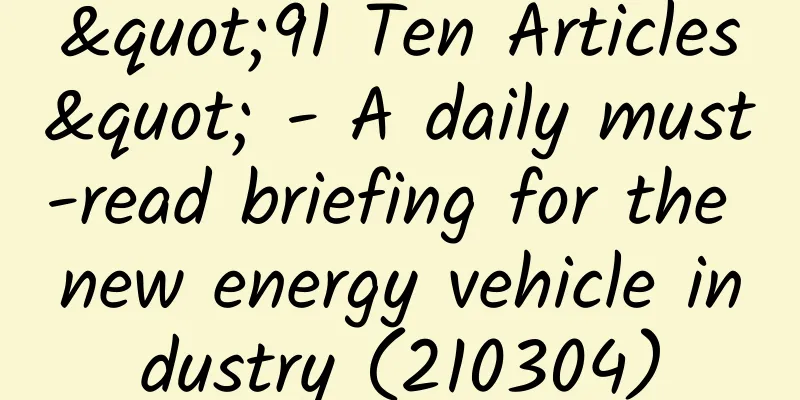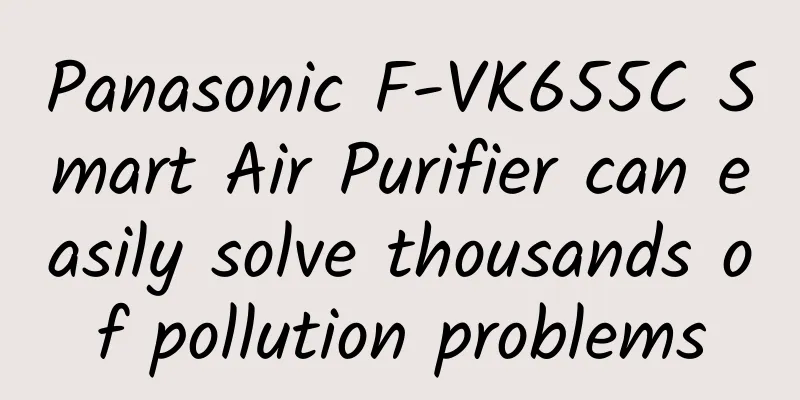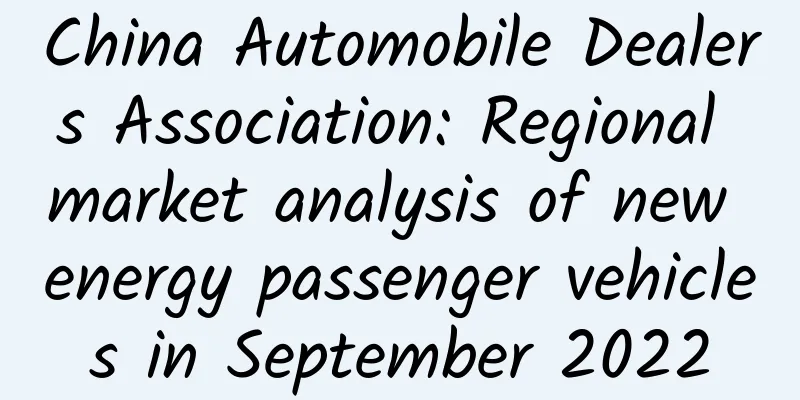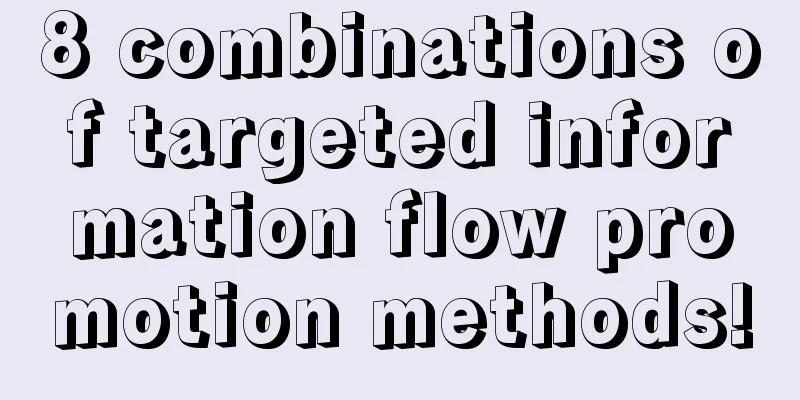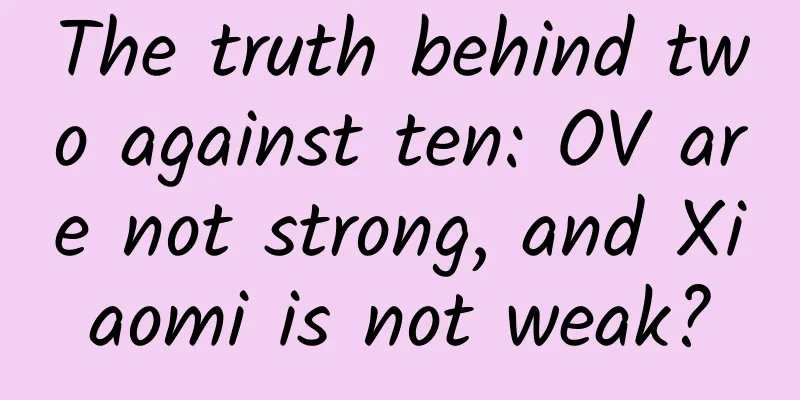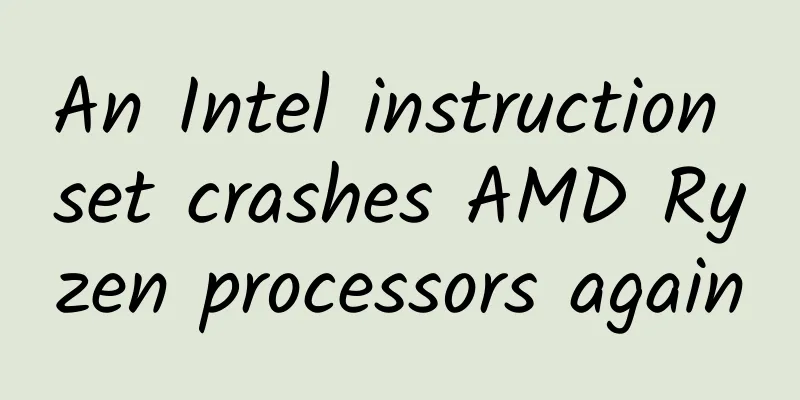How to promote products through free promotion strategies?
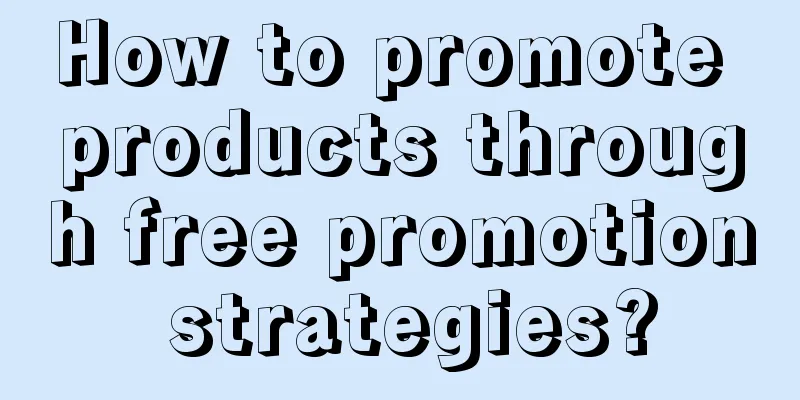
|
The product has been launched and a free-to-use strategy has been adopted after the release. This article mainly uses the perspective of a product manager, combined with economic analysis and recent work gains, to form the overall process of the strategy and share the thinking method of the entire workflow. This article is structured as follows:
1. Background of the free strategyBased on the existing product development strategy, define the future product development direction. If the product positioning is to occupy the market volume, expanding the user base is the key point. For software products, they are divided into To B and To C according to user categories:
For C-end users, expanding user usage is the first step; after the product is launched, as long as there are users using it, demand will be generated, and we will continue to optimize functions around the demand, enhance product capabilities, and attract more users. The overall product value chain repeats itself, based on the input of product demand, after repeated market verification, the next version of the product is optimized. 2. Product PositioningIn the process of a product going from 0 to 1, it needs to go through: market analysis - product positioning - product planning - product design - product development - product testing - product launch - the next round of iteration cycle. Throughout the product life cycle, product positioning is crucial and points out the direction of future development. In this process, the following issues need to be clarified:
The following content starts with the above two analysis directions and describes them in detail by introducing the questions and analysis framework (Q&A): 1. Target users1) Answer the following questions:
2) The analysis framework is:
2. Positioning value1) Answer the following questions:
2) The analysis framework is:
3. Analysis of the current situation (difficulties)What kind of difficulties will be encountered in the promotion of the product requires a pre-promotion analysis. Only based on these issues can we formulate targeted promotion strategies. The process of product promotion actually includes two aspects: market acceptance and user acceptance. These two parts complement each other and penetrate each other. 1. Difficulties in market acceptance
2. Customers accept the problem
4. Develop a strategyAfter the analysis, the formulation process begins, targeting two roles: existing users and potential users, and describing the plan in two parts: ideas and implementation. For existing users, we need to do a good job in user retention and user conversion, achieve fission in the existing user group, and achieve user growth by enhancing product value and gaining a good reputation. 1. Idea
2. Implementation
For unused users, attract them to use the product and then retain them. 3. Ideas
4. Implementation
What can we do during these processes? Based on the specific scenarios that occur in the process, a specific implementation plan can be given. 5. Scenario 1: Obtaining the installation package1) Expand the acquisition method
2) Improve accessibility
6. Scenario 2: First use of the installation package1) Help users configure the environment
2) Sufficient product information
3) The usage steps are clear and the interface is user-friendly
V. Benefit AnalysisWhen considering the effects of free promotion from an economic perspective, strategies also need to be considered from a value perspective. The purpose of expanding the number of users is to share the cost of software development. In economics, costs include fixed costs and variable costs. It can be understood that fixed costs are costs that must be incurred to make this product, while variable costs are costs that will be adjusted as the product develops. The cost of software is relatively high in the early stages of research and development because of the use of a large amount of professional technologies, such as patents, authorizations, etc., or the purchase of a large amount of hardware equipment, which constitute fixed costs and account for the majority of the costs. In the subsequent research and development, as the product matures, the main cost is labor cost, such as: product iteration, technical service support, etc., and the cost of this part is relatively small. VI. ConclusionThe free product release strategy must first have a clear product positioning. It is necessary to clarify what the advantages of the product are after it is put on the market. Compared with competing products, is our product development track a competitive relationship or a complementary relationship? Secondly, we need to formulate a release strategy from top to bottom, clarify what we should do, and put the actions into practice on the product. Finally, actual data is needed to verify the strategy to see whether the plan is successful and whether the strategy needs to be adjusted, and to test the effect after practice. Author: Orange Source: more more ideas |
>>: Marketing Promotion: Why didn’t “A Bucket” go viral?
Recommend
5 effective methods to gain insight into user needs!
First of all, returning to the logic of the “valu...
Sony A55HN player: a baptist of the soul, making your ears feel like they are pregnant with music
Listening to music is a baptism of the soul. In t...
How to use flex elegantly on mobile devices in 2017
Those who have worked on mobile terminals know th...
Giant ships also have Iron Man's "armor"? The "secret weapon" in shipbuilding
Did you know that behind those giant ships that t...
This discovery may make your phone more durable!
Produced by: Science Popularization China Author:...
My twin brother committed a crime, how can I prove my innocence?
Identical twins often carry a mysterious charnel ...
How much does it cost to attract investment for the Fuzhou Meat and Poultry Mini Program? What is the investment price for Fuzhou Meat and Poultry Mini Program?
Starting a business requires costs, and mini prog...
Baidu Promotion | Double 11 e-commerce marketing strategy
This article shares with you [ Baidu promotion do...
With the implementation of the new paid advertising policy, the ASO market has undergone tremendous changes!
A few days ago, Apple confirmed that it would eva...
If a thyroid nodule grows, will it definitely develop into cancer? Many people’s answers are wrong
The thyroid gland is the largest endocrine gland ...
Why do animals experience rigor mortis after death, but supermarket meat does not?
People who like to watch detective movies and rea...
Half of the world's population is concerned about the health effects of the internet and smartphones
In the post-epidemic era, technology's domina...
Are strawberries the dirtiest fruit?
From November to February of the following year, ...
How to trigger the growth of private domain users?
As traffic costs continue to rise and the market ...
New media operation positioning methods and key points!
Before operating new media , the first thing we n...


